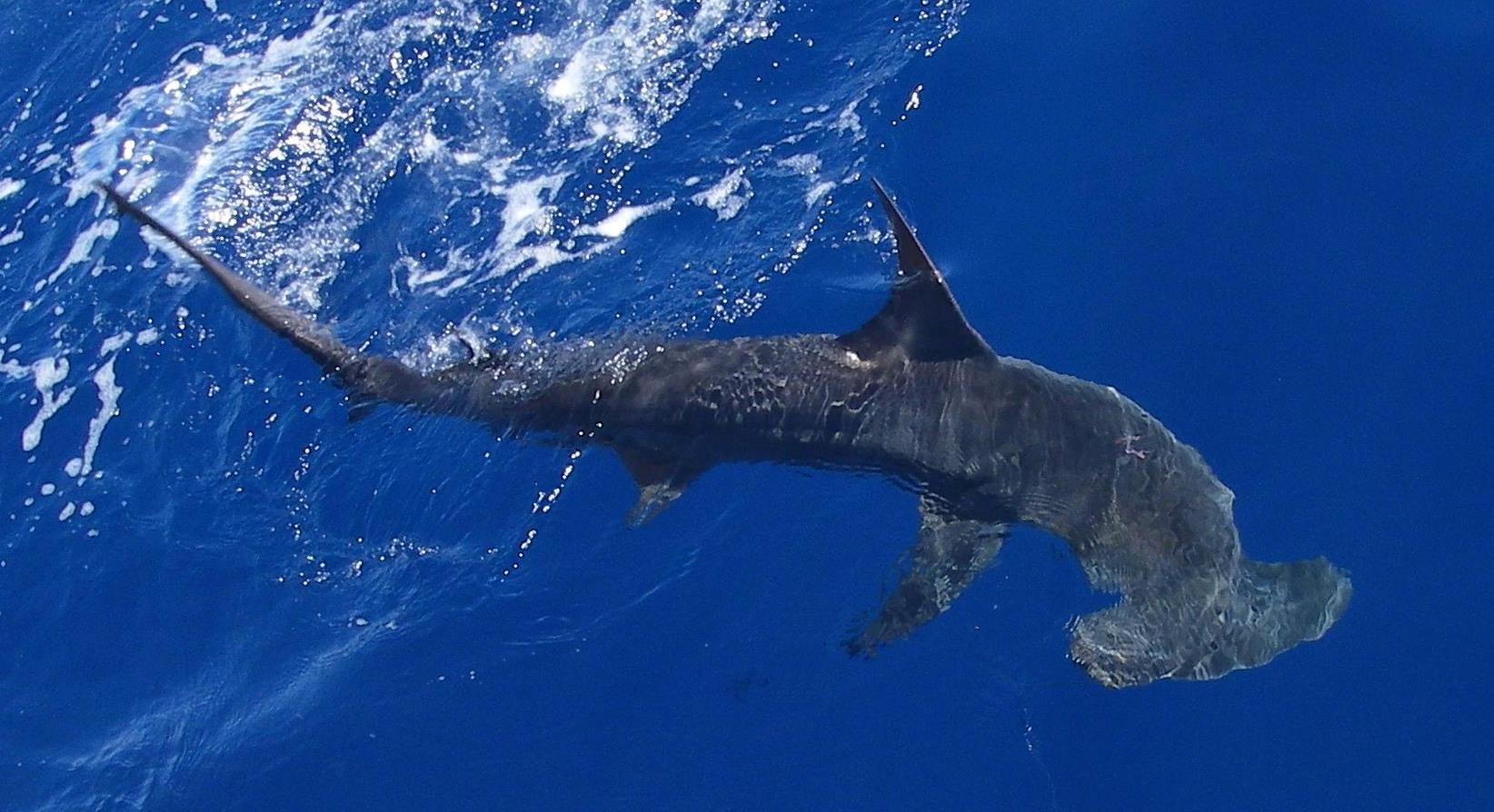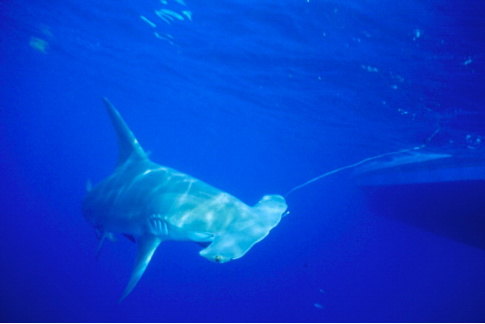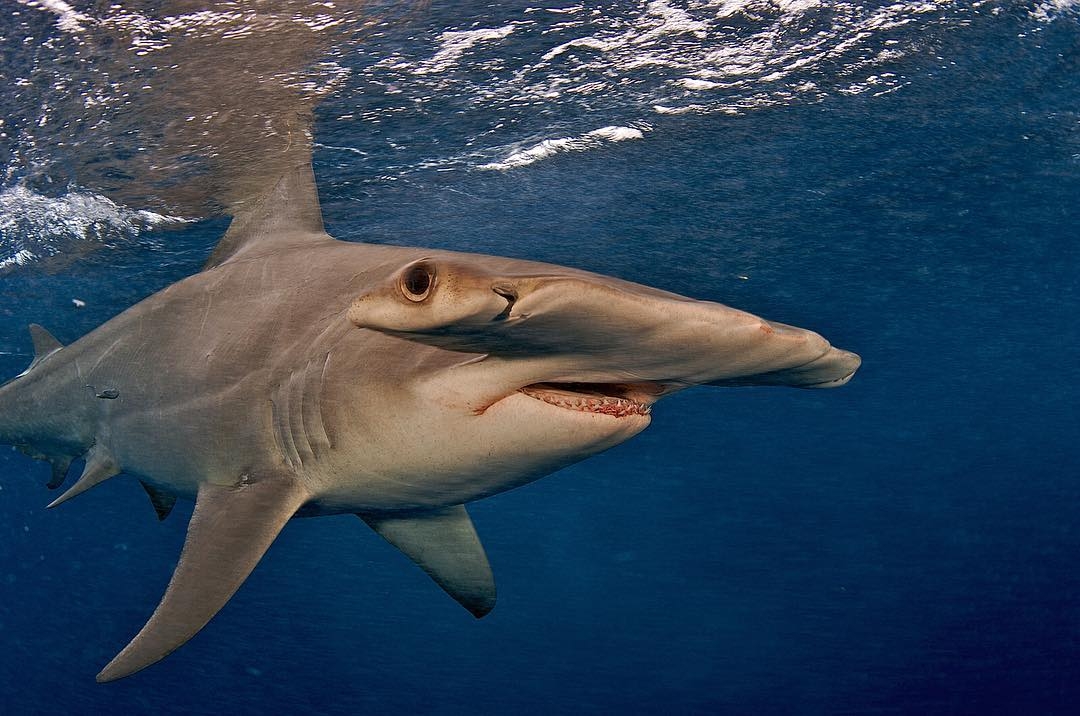LA PAZ (MEXICO)- Every year the Mexican fishing industry catches thousands of tons of hammerheads a year. And every three years 300,000 pounds of hammerhead shark fins are being exported from the Central American country. While internationally hammerhead sharks are are recognized for urgent protection, in Mexico they are still not safe.
The Center for Biological Diversity hopes to change that. The NGO has filed a groundbreaking lawsuit seeking protection for three species of hammerhead shark under Mexico’s Standard NOM-059-SEMARNAT-2010, the nation’s list of species at risk.
First-ever lawsuit
The legal action is likely the first-ever lawsuit aimed at forcing wildlife protections under NOM-059, Mexico’s equivalent of the U.S. Endangered Species Act. The suit, filed in district court in La Paz, notes that Mexico’s Secretariat of Environment and Natural Resources (Semarnat) ignored scientific evidence demonstrating that hammerheads urgently need protection, as is already recognized internationally.

Three hammerhead species
The lawsuit focuses on three hammerhead species threatened by shark finning and fishing, including in Mexican waters. The scalloped hammerhead (Sphyrna lewini) and great hammerhead (S. mokarran) are classified worldwide as “critically endangered” by the International Union for Conservation of Nature (IUCN). The smooth hammerhead (S. zygaena) is “vulnerable” to extinction. Scalloped hammerheads are also protected under the U.S. Endangered Species Act.
Facing extinction
“These incredible animals are being hammered by shark-fishing, but the Mexican government is doing almost nothing,” said Alejandro Olivera, Mexico representative for the Center for Biological Diversity. “International experts warn that these sharks could face extinction, and Mexican officials should do their part and safeguard hammerheads under our country’s regulations. Until Mexico takes action, hammerheads will keep being killed by the thousands for their fins.”
No protection
Yet in Mexico none of these sharks have any specific protection and can be targeted for fishing like other shark species. Once the hammerheads are added to NOM-059, Semarnat can issue measures and regulations to ensure sustainability, including limits on catching hatchlings, juveniles and pregnant females to ensure the populations’ recovery.
From 2015 to 2018, Mexico exported about 300,000 pounds (136,000 kilograms) of hammerhead shark fins, particularly to China and Hong Kong. The country ranks fourth worldwide in shark-fishing by volume.

Read more in the press release of the Center for Biological Diversity.

